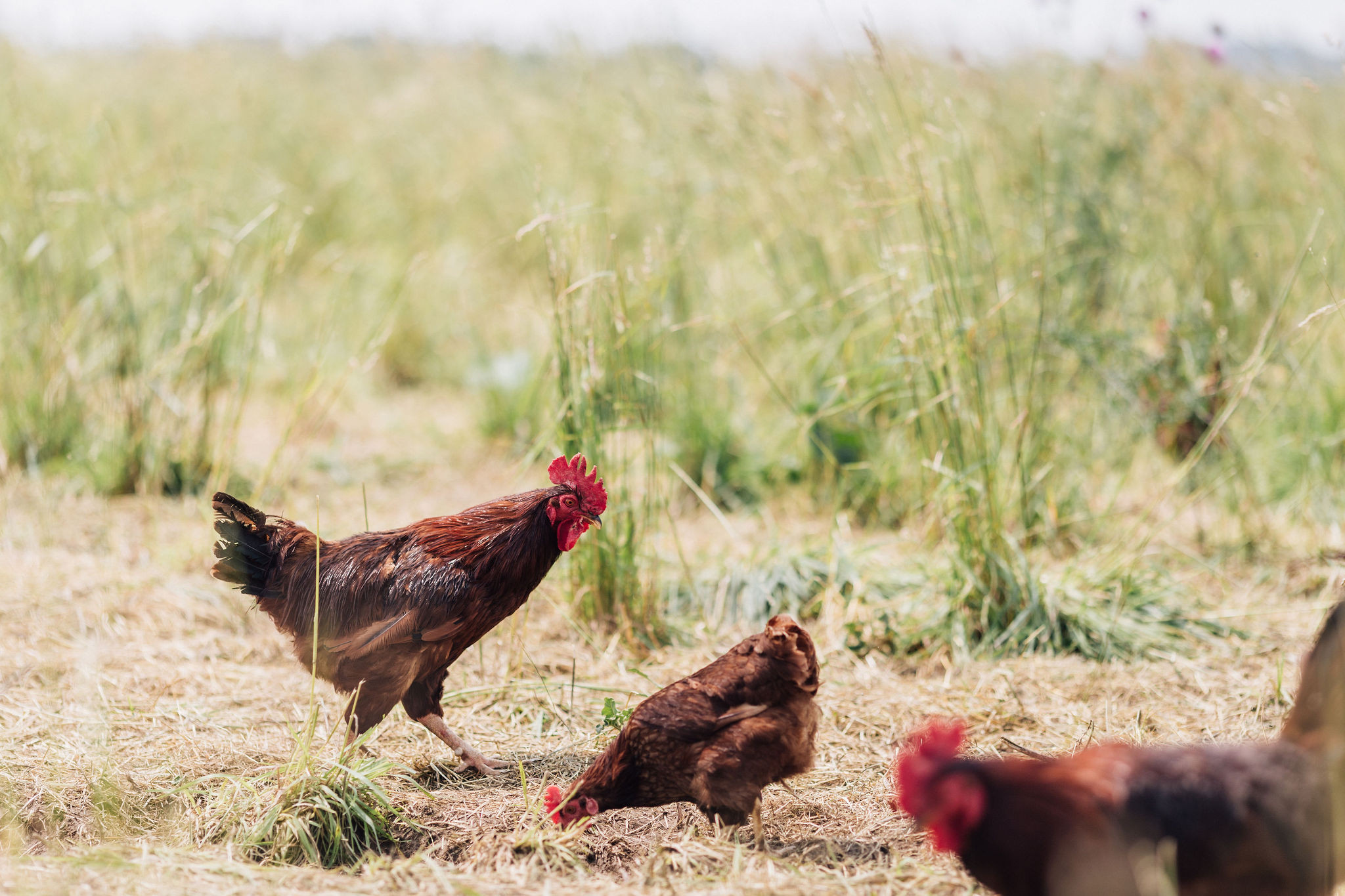Melt on your Tongue Chicken
posted on
October 6, 2017
I cooked a chicken this week using the farmer’s wife’s recipe – Rebeca’s Melt-on-your-tongue Chicken. Oh, boy it was amazing! It was tender and juicy and did, in fact, feel like it was melting on your tongue. My kids loved it, too. So, what’s the secret? Well, it’s slow cooking. Why slow cooking? It all has to do with the collagen. Is collagen good for you? Yes, indeed.
Collagen is the most abundant protein in our bodies. It’s in our muscles, bones, skin, blood vessels, digestive system, and tendons. It gives our skin strength and elasticity; it is the “glue” that holds us together. We lose collagen naturally as we age and also from lifestyle factors like overexposure to sun, smoking, or eating too much sugar. Thankfully, eating foods that are rich in collagen can provide plenty of this essential protein.
There are 5 types of collagen, and chicken is high in type II collagen. The benefits of eating chicken collagen are many: arthritis relief, improve skin and hair, boosts immune system, improved digestive health, and enhanced athletic performance. This is not a new discovery. Generations have been prescribing chicken soup for illness. Miller’s Bio Farm’s chicken is packed with collagen. This is because our birds are truly pasture raised. They run, hop, and scratch through the fields, foraging for wild bugs and seeds. They are allowed to develop to be healthy and strong, building lots of collagen.
The best source of chicken collagen would be from chicken bone broth, slow cooked for 24 hours (chicken feet in particular are packed with collagen). However, a whole chicken has lots of collagen, too. The best way to extract collagen from a whole chicken is slow cooking. Collagen
begins to melt at about 160F and turns to a rich liquid, gelatin. This gives meat a lot of flavor and a wonderful silky texture. Denaturation of the collagen molecule is a kinetic process, and hence a function of both temperature and duration of heating. Cooking at low temperatures require long periods of time to liquefy collagen.
Rebeca’s recipe (see picture below) is super easy. Just rub the seasoning on and put in the oven in the morning. Then, at dinnertime, take it out of the oven. Voila! You have a tender, moist, collagen-rich chicken for dinner. This way of cooking chicken is great for a busy lifestyle. I like to serve my chicken with a collagen-rich gravy made from the pan drippings, a steamed vegetable with butter and bit of salt, and a simple grain like brown rice or quinoa.




